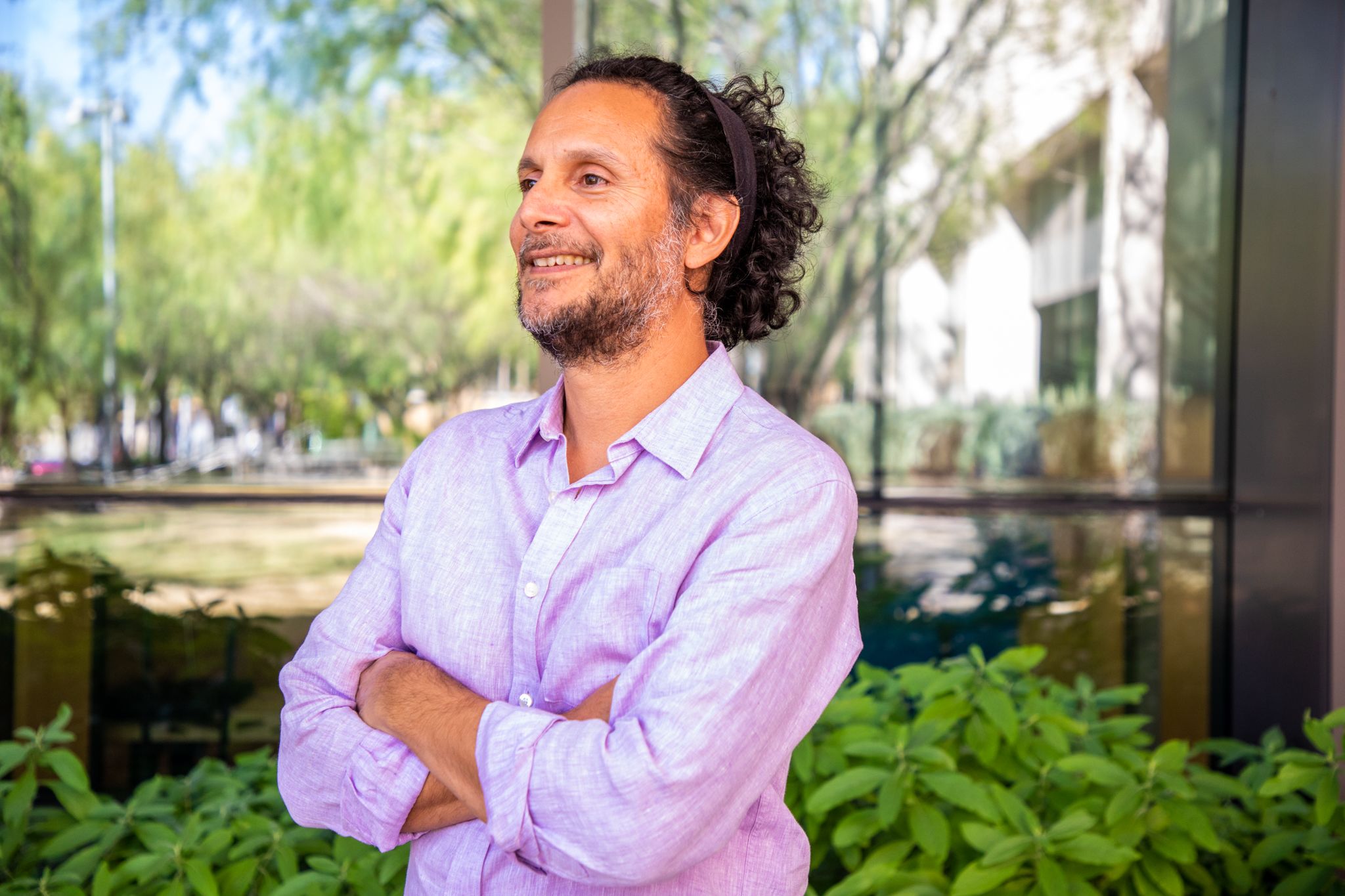A Universal Language
A Universal Language
Moody’s Radio-Television-Film Department fosters young Latinx filmmakers
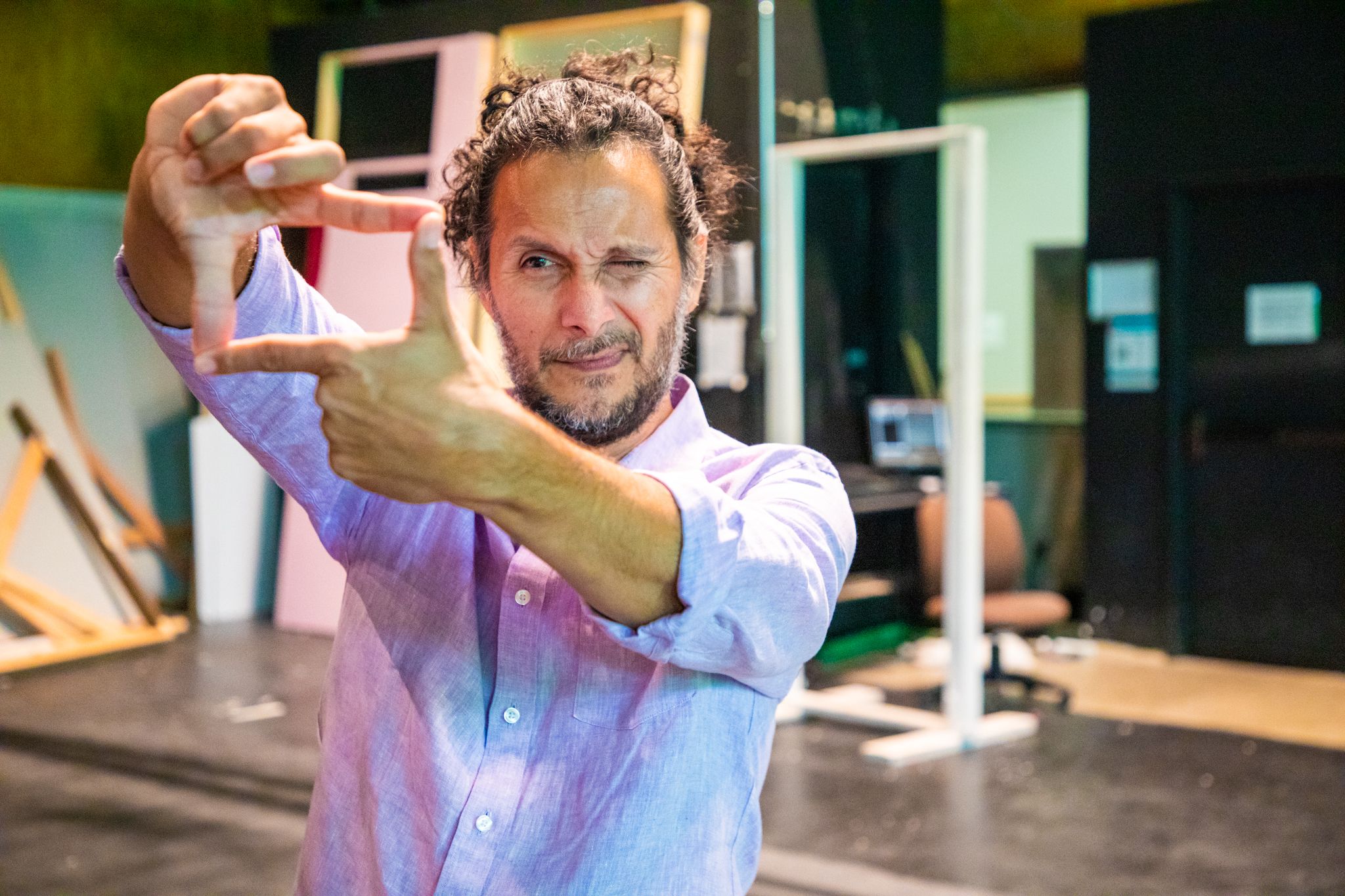
Miguel Alvarez’s first love was comic books. The now-assistant professor at Moody College of Communication grew up in San Antonio in a Mexican American family. While he wanted more than anything to write comics for a living, he chose a career everyone thought was more practical — engineering.
In his 20s, a close friend started taking film classes. Alvarez realized that making movies was a lot like making comics — showing people a story rather than telling it — so he ditched his career in engineering to become a filmmaker.
Alvarez wanted to tell the stories he grew up with, about life in a Mexican American family, but realized, just like comics, he never saw any Latino people like him in books or on the screen.
"Who am I?" he thought. "Does my voice matter?"
Alvarez’s experience is one many Latinx filmmakers share: When they were young, they didn’t see their faces reflected back at them — in front of or behind the camera.
Moody College has tried to shift that narrative for young students today, by hiring more diverse faculty and getting Latinx students access to better jobs and internships, opening up more opportunities.
Today, Moody College’s Radio-Television-Film department is 35% Hispanic and one of the few in the nation that allows master’s and Ph.D. students to specialize in Latino media studies, as well as offers a minor in Latino Media Arts and Studies that is available to students across UT. To provide even more opportunities, the college has begun actively recruiting high school students from underrepresented areas like South Texas, where they have little to no exposure to filmmaking classes.
“It’s really an exciting time at RTF right now because there is an effort, I believe, to really diversify not only our student body but our faculty and also our approach to teaching. I think we are at a moment where, for students, it is probably the most open and inclusive that the university and the department has been, and I think that’s exciting.”
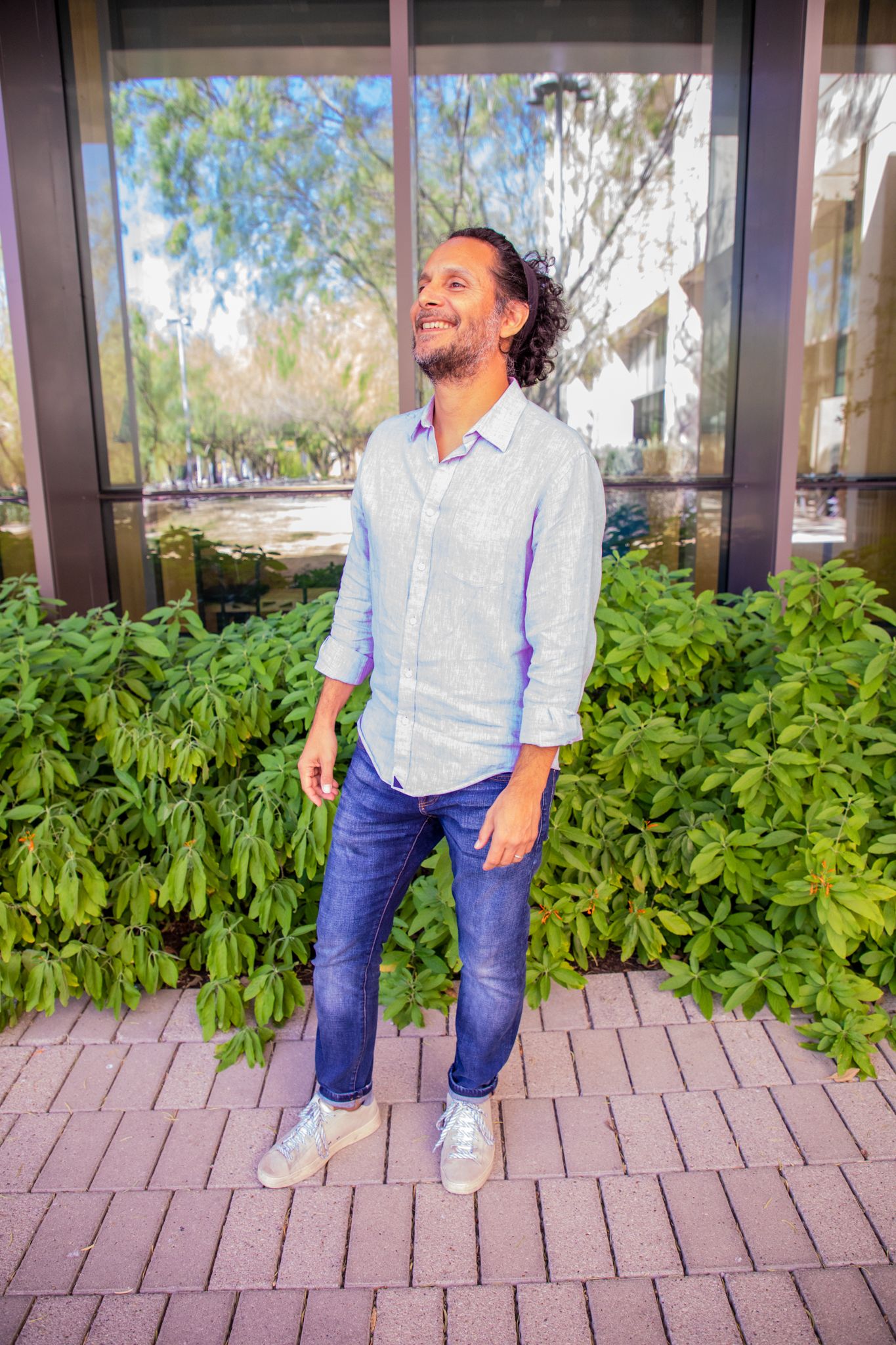
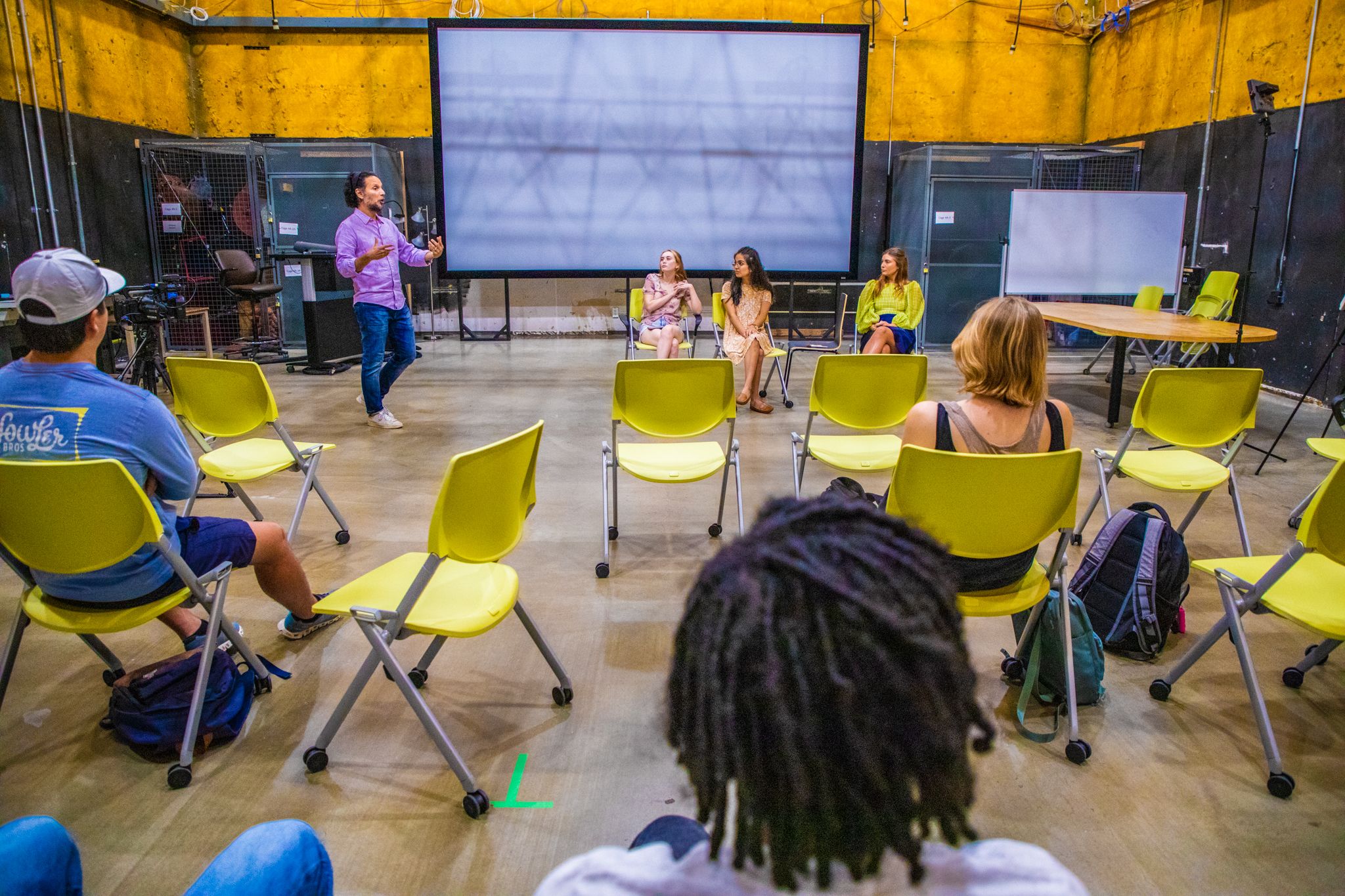
Radio-Television-Film Assistant Professor Miguel Alvarez teaches the Directing Workshop course. Photo credit: Marc Speir
Radio-Television-Film Assistant Professor Miguel Alvarez teaches the Directing Workshop course. Photo credit: Marc Speir
Alvarez now teaches RTF’s Advanced Narrative production class and Directing Workshop. He makes it a priority to show films from Latinx filmmakers in his classes — not just the classics like “The Godfather” and Spielberg movies — so that his students can see and believe that they, too, can succeed in the film industry.
Hugo Ortiz Clemens came to UT Austin to study film after a short stint at UT El Paso in advertising, a default since they didn’t have a film program.
Ortiz Clemens was born in El Paso. His family is Mexican, so he was raised on the Mexican side of the border in Juarez. He first became fascinated with film was when he saw “The Dark Knight” when he was 8. Later, when working at an art gallery at UT El Paso, he was transfixed by pieces about border identity and the narrative of being from two places. Now a senior RTF student, he explores that idea — having two cultural identities — in his own work.
Since starting at UT, he has written all the scripts for his short films in Spanish, with Hispanic actors and Spanish subtitles. It’s something he’s appreciated about his time in RTF.
“No one ever asked me, ‘Are you sure?’” he said. “I feel I am able to 100% explore the ideas I want to explore in film. I don’t feel restrained in any way.”
Ortiz Clemens’ recent film “No Need to Worry,” a story about a middle-aged Hispanic man struggling to be his family’s sole provider, received this year’s Latino Media Arts and Studies Undergraduate Film Award Honorable Mention and will screen in October at the El Paso Film Festival and the New York Shorts International Film Festival.
Ortiz Clemens said after showing the film, several of his Hispanic classmates thanked him, saying they were grateful to see themselves and their families reflected on the screen.
"I wanted to cry, it felt so beautiful. There is definitely an audience that is open, eager and wanting these types of stories to be told.”
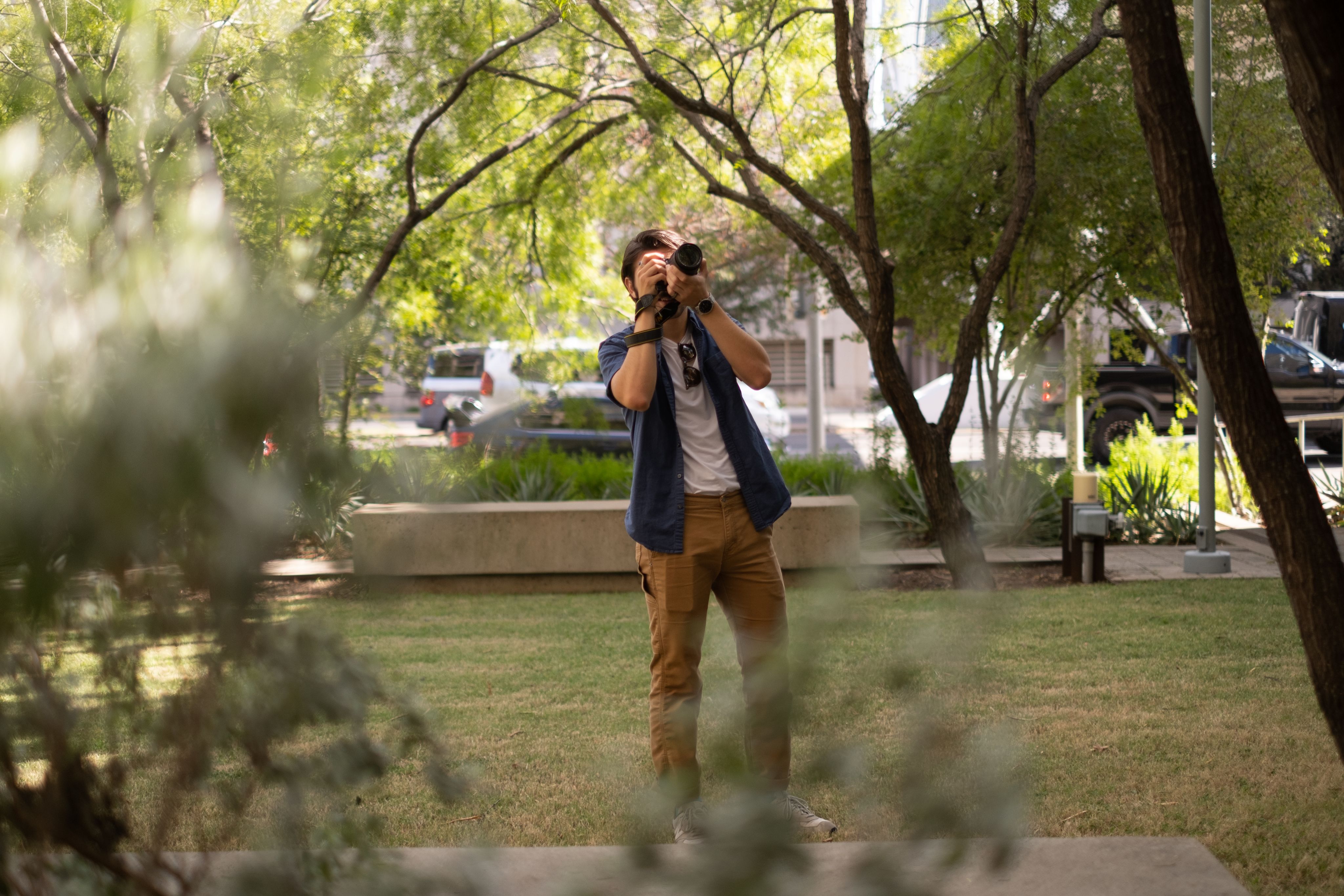

According to the 2022 Hollywood Diversity Report, Latinos are still dramatically underrepresented in film despite advancements over the years. They made up only 7.7% of film roles in 2021, despite their 18.5% share of the U.S. population. And only three out of 10 writers and directors in 2021 were people of color, with Latinx creators making up only 5% and 7% of these totals, respectively. The report writers attribute these low figures to the fact that decisions about what films projects get greenlighted — and which stories will be told —are still overwhelming made by white men.
“We are seeing progress in the last 10 years — Latinos becoming industry insiders, telling more personal stories, creating more nuanced characters,” RTF professor Mary Beltrán said. “There are reasons for optimism and pessimism. Sometimes things aren’t changing as fast as they should. I’ve been doing this for 20 years. The Latino population has increased, but I hear the same complaints.”
While more television shows and movies today include Latinx actors, many of the stories still reinforce long-held stereotypes, RTF Professor Mirasol Enríquez said. The Latin lover, the hot-tempered Latina, gang members, criminals.
“We haven’t completely escaped that,” Enríquez said. “I think it’s very important to hear more than that one story, especially when that one story has tended to be so negative. Latinos live all kinds of lives and do all kinds of different things.”
Enríquez is director of the Latino Media Arts and Studies Program at UT, which offers an undergraduate minor that includes coursework on Latinos and Latin Americans in film, television, journalism, and advertising, as well as courses in Mexican American and Latina/o Studies and Latin American Studies in the College of Liberal Arts. They also grant awards to students writing papers and producing films on Latinx subjects and bring in Latinx speakers to talk about their experience in media.
The L-MAS program is one of very few of its kind in the country. In addition to educating students about the history of Latino media, it also works hard to build students’ industry contacts, which are critical to getting jobs in film.
“So much of getting in and establishing yourself in entertainment is connections,” Alvarez said.
To further build those connections, the Moody College Center for Entertainment and Media Industries is working hard to ensure RTF students have access to quality internships focused on Latinx content and audiences — more than simply fetching coffee and running errands — and that they get academic credit for these internships.
The center recently updated its internship postings to allow employers to indicate that they prefer to hire someone from the Latino Media Arts and Studies Program.
“We need to do stronger outreach with Latinx media companies around town to let them know we have a pool of wonderfully talented Latinx students and to help shepherd them through the hiring process,” said Lesley Willard, the RTF internship director.
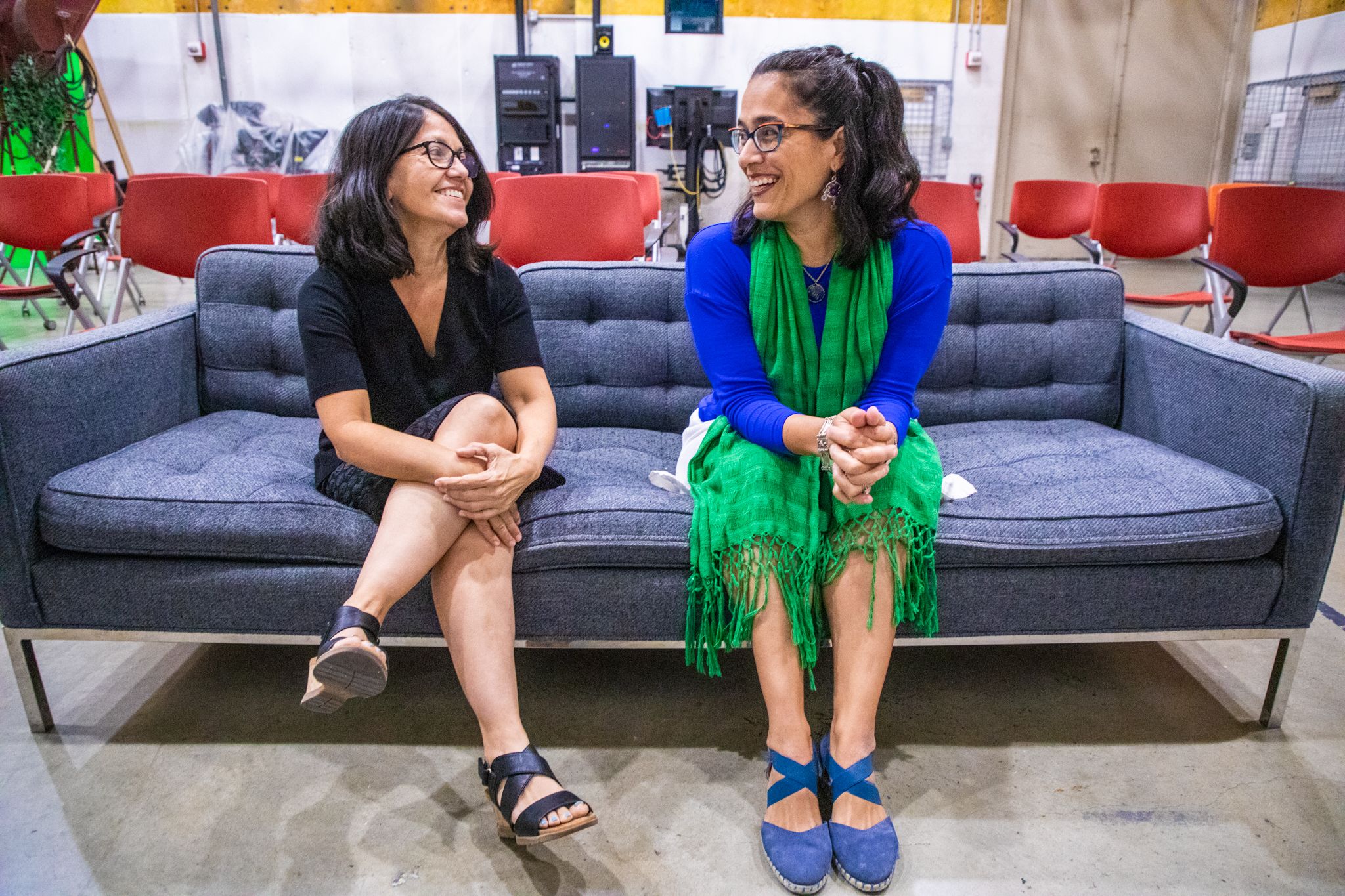
Radio-Television-Film Associate Professor Mary Beltrán (left) and Radio-Television-Film Assistant Professor Mirasol Enríquez (right). Photo credit: Marc Speir
Radio-Television-Film Associate Professor Mary Beltrán (left) and Radio-Television-Film Assistant Professor Mirasol Enríquez (right). Photo credit: Marc Speir
In a long-expected milestone this year, Texas’ Hispanic population might have finally eclipsed its white population, with U.S. Census Bureau estimates released last month showing Hispanic Texans made up 40.2% of the state’s population in 2021 while non-Hispanic white Texans made up 39.4%.
Being four hours from the border, Texas, and UT in particular, has always been closely intertwined with Chicano and Mexican American culture, Alvarez said. “You cannot ignore that cultural imprint in the city and therefore in the student body. I think that makes a difference if you are a Latinx student, knowing you will come to UT Austin and see other students like you.”
Ivete Lucas, a Brazilian-born documentary filmmaker who grew up in Monterrey, Mexico, said that’s part of what brought her to UT Austin in 2009 to study film. Texas felt almost like a sister.
While Lucas had at first thought she would work in journalism, she discovered after photographing for the Monterrey newspaper the power of moving images.
“It is understood between cultures in ways that language simply isn’t,” she said. “It was almost like finding a more universal, deeper language for me. When you see a person crying, it doesn’t matter what city, what country, what island you’re in, you’re just going to feel it.”

Lucas graduated with a degree in Radio-Television-Film in 2012 and has devoted her career to showing what real humans look like — not just the glossy images you see in Hollywood — including accurately representing what it means to be Latina.
Her thesis film at UT, “Ex-Votos,” follows a pregnant teenager, who embarks on a pilgrimage to the church of a miraculous saint in Real de Catorce, Mexico to save her baby. Other films have looked at the lives of Mexican immigrants in Texas, families in Appalachian mining towns and rabbit hunters in the Florida Everglades.
“I try to make real life inform the story.”
Lucas discovered at UT a true freedom to do the kind of work she wanted to do, and today, hopes Latinx students can see the value they have to add on film sets, in the writer’s room and among industry executives. Her advice to Latinx students: submit work to Latino film festivals, charge extra as a Spanish-speaker and know when to stop doing projects for free.
“Your multicultural being and multiethnic experience is an added value to any group of people so don’t be afraid to speak up when this is getting misrepresented,” Lucas said. “It’s really difficult out there, and you can get discouraged. Know your worth, your value. There are people looking for stories like yours and who want to see themselves on screen.”
View work from the artists in this story or hire a Moody RTF student to work on your film by clicking the images below.



